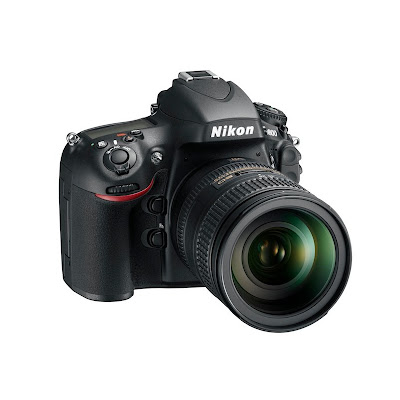Famous CPU and chip designer, Taiwanese company VIA is launching today its ARTiGO A1200 SlimPC small form factor (SFF) computer system, on its official website.
VIA’s Eden X2 dual core processor was quite some time ago. It’s an out-of-order 64 Bit architecture so it should be able to surpass any Intel Atom CPU running at the same frequency. The out-of-order architecture is also advantageous in many in-optimized scenarios where in-order architectures such as Atom usually can’t display satisfactory performance. These processors are built in TSMC’s 40nm manufacturing technology and are fully pin-to-pin compatible with VIA Eden, VIA C7, and VIA Nano E-Series processors. The company is marketing a 7 year longevity guarantee. We’re not sure what’s VIA’s interpretation of this, but we think it should mean that the CPU should be able to function 7 whole years continuously flawless.
Eden X2 is a high-performance superscalar processing architecture featuring “most efficient speculative floating point algorithm.” VIA’s Eden X2 also comes with hardware AES support and native support for 64-bit operating systems along with advanced power and thermal management. The CPU inside VIA’s ARTiGO A1200 SlimPC small form factor (SFF) computer system is running at 1GHz and comes with 2 MB of level 2 cache. The system supports 4 GB of DDR3-1066 memory, but only comes equipped with 1 GB. It is built around VIA’s VIA VX900 Media System Processor chipset that integrates VIA’s Chrome 9 HD DX9 3D/2D video processor with MPEG-2, WMV9/VC1, H.264 video decoding acceleration. The ARTiGO A1200 SlimPC come with dual VIA VT6130G RJ-45 connectors for Gigabit Ethernet connection and has 4 USB 2.0 ports.
A single USB 3.0 port and WLAN are optional, but there are two expected HD audio jacks, one VGA port, a HDMI connector and a built-in CFast socket. Only one SATA interface for a single 2.5” storage device is present and the whole thing weighs 1.2 Kg or around 2.64 pounds. The price has not been made available yet, but the dual Gigabit LAN and the low power fanless operation makes it an interesting solution.



 5/30/2012 08:30:00 PM
5/30/2012 08:30:00 PM
 dannzfay
dannzfay

















































